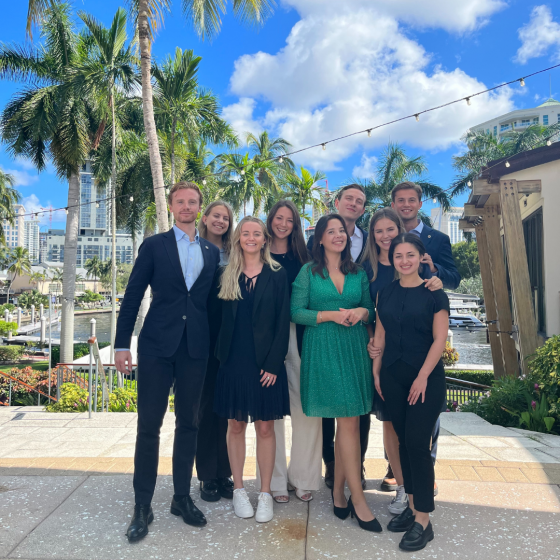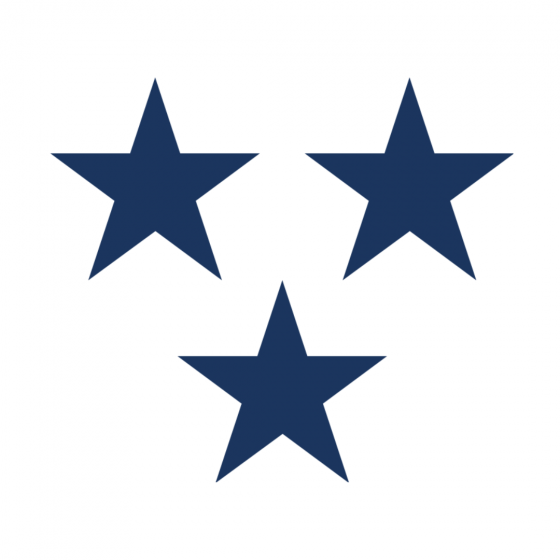Executive Forum 2026
May 28th, 2026
Washington, D.C.
“250 Years – and counting: Celebrating an anniversary and 243 years of Swedish American friendship”
This flagship event, hosted in Washington D.C. at The Swedish Embassy/House of Sweden each spring, gathers thought leaders from government, academia, and business across a range of sectors for a full day of TED-style talks, roundtables, media engagements, and high-level networking, bookended by exclusive receptions before and after the event.























